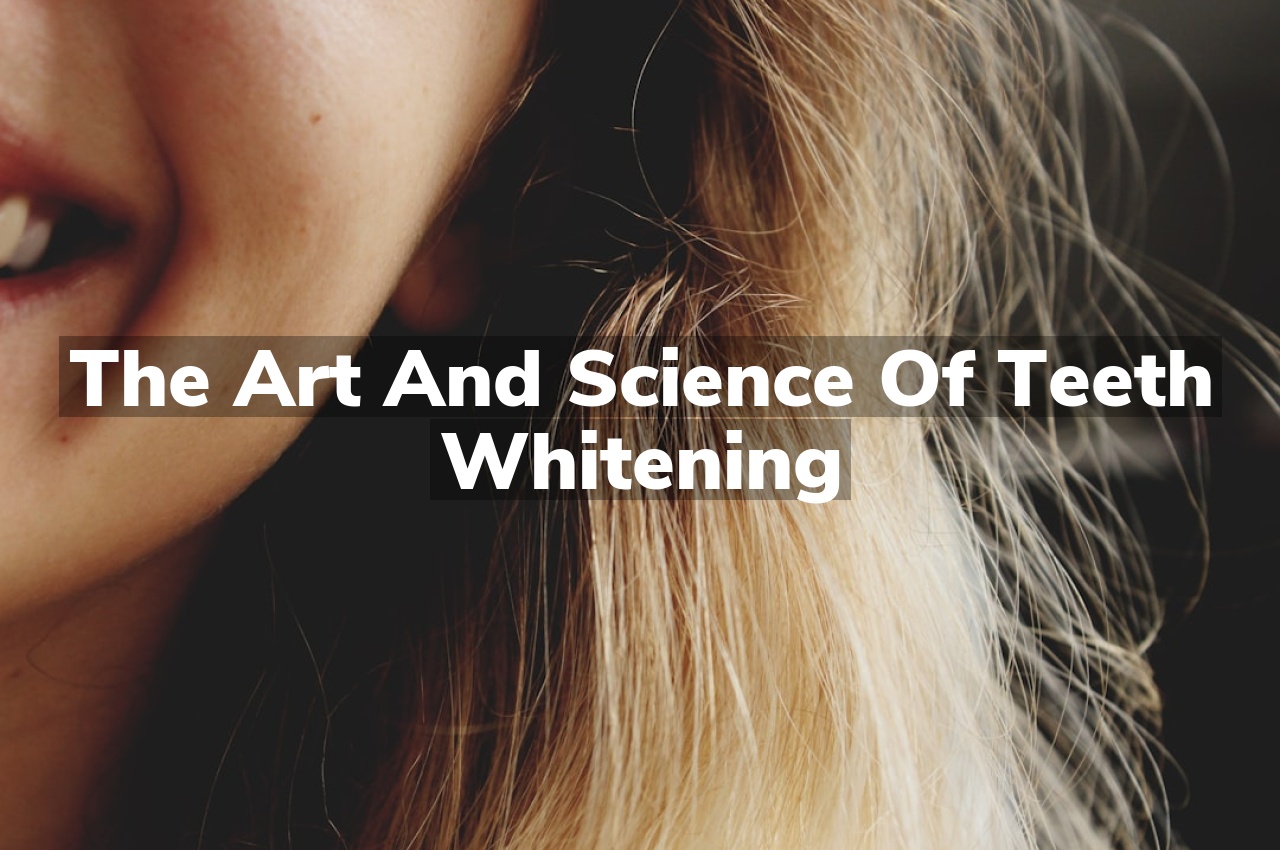Have you ever wondered what goes into the art and science of teeth whitening? This process combines aesthetic techniques with scientific advancements to improve the appearance of teeth. It involves understanding the causes of tooth discoloration and how various treatments interact with tooth enamel.
Evolution of Teeth Whitening Practices
The journey of teeth whitening has transformed significantly over the centuries, evolving from ancient home remedies to sophisticated techniques developed in modern dental clinics. Historically, people used a variety of substances, such as vinegar, pumice, and even urine, in attempts to achieve a brighter smile. These methods, driven by the desire for aesthetic improvement, laid the groundwork for the scientific advancements we see today.
In contemporary times, the focus has shifted towards ensuring safety and efficacy in teeth whitening procedures. The development of peroxide-based agents marked a significant milestone in this field, offering results that are both noticeable and enduring. For a deeper understanding of these developments, you might consider exploring Understanding Different Teeth Whitening Agents, which delves into the various compounds and their specific applications in the realm of dental aesthetics. This evolution reflects a blend of art and science, where aesthetic desires meet scientific research to provide solutions that are both effective and safe.
Psychological Effects of Brighter Smiles
A brighter smile often carries with it profound psychological benefits. Studies have shown that individuals with whiter teeth tend to have higher self-esteem and are perceived by others as more successful, more trustworthy, and more sociable. These perceptions can play a significant role in personal and professional interactions, subtly influencing opportunities and relationships. The confidence that comes from a brighter smile can lead to more positive social engagements and can enhance an individual’s willingness to smile, further contributing to a friendly appearance.
The impact of a radiant smile extends beyond mere aesthetics. It can affect how people view themselves and interact with the world around them. This psychological uplift can encourage a more positive outlook on life, influencing overall mental health and well-being. If you’re considering enhancing your smile, you might want to explore options like visiting Brighten Your Smile in Somers with Whitening.
Cultural Significance of White Teeth
White teeth have long been a symbol of health and beauty across various cultures around the world. Historically, a bright smile has often been associated with youthfulness, vitality, and social status. In many societies, white teeth are seen as a marker of proper hygiene and self-care, influencing perceptions in both personal and professional interactions. This cultural significance underscores the widespread appeal of maintaining a radiant smile, reflecting broader values related to aesthetics and wellness.
Analyzing Teeth Whitening Techniques
Teeth whitening is a popular aesthetic procedure that aims to lighten teeth and remove stains and discoloration. The effectiveness of teeth whitening depends largely on the technique used, which can vary widely in terms of ingredients, application methods, and duration of treatment. Understanding the different techniques can help individuals make informed decisions about their oral health. It’s important to consult with a professional to understand which method might be best suited for individual dental needs. For those seeking professional advice, consider visiting Somers Dentist at Rosen Dental PC for expert guidance.
Future Trends in Teeth Aesthetics
As we look ahead, the field of teeth aesthetics is poised to evolve with advancements in technology and changing societal values. The focus is increasingly shifting towards procedures that not only enhance appearance but also prioritize oral health and sustainability. Innovations are expected to refine the balance between natural aesthetics and long-lasting results, reflecting a broader trend towards personalized healthcare solutions. This progression in dental aesthetics will likely be influenced by emerging technologies that aim to improve both the efficacy and comfort of treatments, catering to the growing demand for minimally invasive options in cosmetic dentistry.
Conclusion
For further inquiries, feel free to call us at 914-277-8400 or read our reviews on Google Maps.

